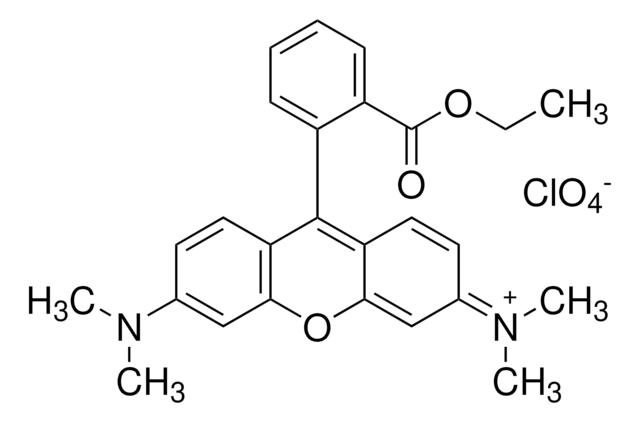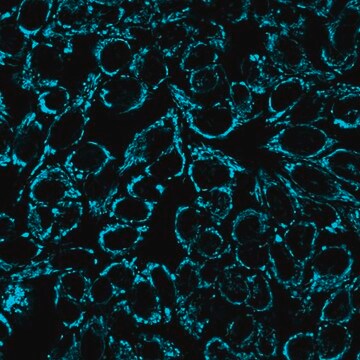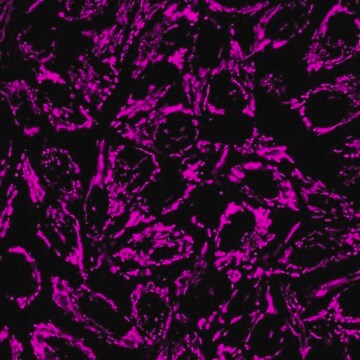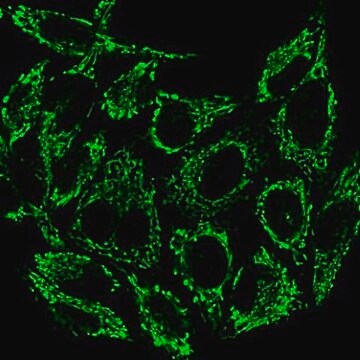MAK159
Mitochondrial Membrane Potential Kit
sufficient for 500 fluorometric tests (microplate readers)
Synonyme(s) :
JC-10 Assay, JC-10 Mitochondrial Membrane Potential Assay
About This Item
Produits recommandés
Utilisation
sufficient for 500 fluorometric tests (microplate readers)
Méthode de détection
fluorometric
Maladie(s) pertinente(s)
cancer
Température de stockage
−20°C
Description générale
Application
Adéquation
Principe
Code de la classe de stockage
10 - Combustible liquids
Classe de danger pour l'eau (WGK)
WGK 1
Point d'éclair (°F)
Not applicable
Point d'éclair (°C)
Not applicable
Certificats d'analyse (COA)
Recherchez un Certificats d'analyse (COA) en saisissant le numéro de lot du produit. Les numéros de lot figurent sur l'étiquette du produit après les mots "Lot" ou "Batch".
Déjà en possession de ce produit ?
Retrouvez la documentation relative aux produits que vous avez récemment achetés dans la Bibliothèque de documents.
Les clients ont également consulté
Articles
Cellular apoptosis assays to detect programmed cell death using Annexin V, Caspase and TUNEL DNA fragmentation assays.
Notre équipe de scientifiques dispose d'une expérience dans tous les secteurs de la recherche, notamment en sciences de la vie, science des matériaux, synthèse chimique, chromatographie, analyse et dans de nombreux autres domaines..
Contacter notre Service technique








